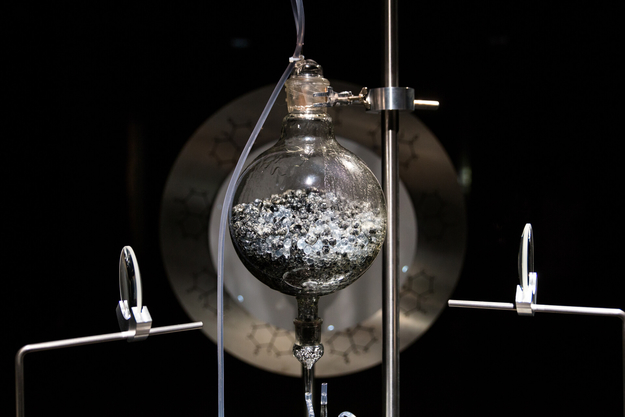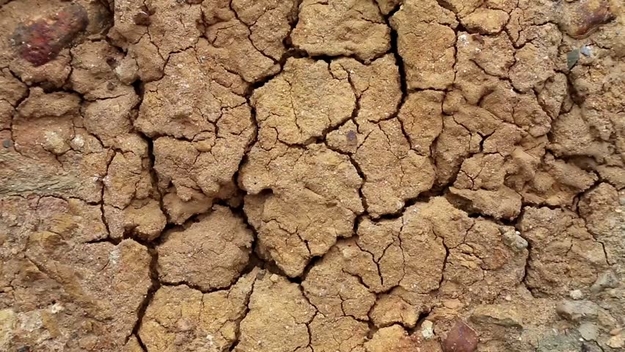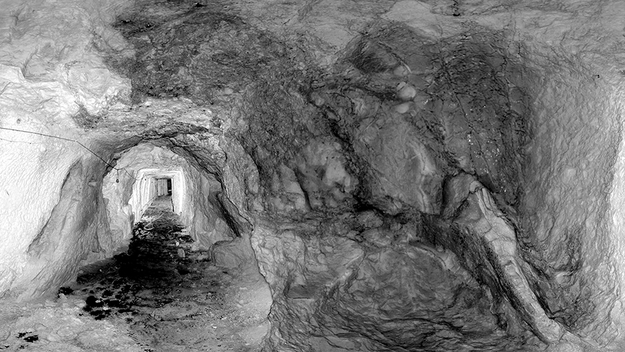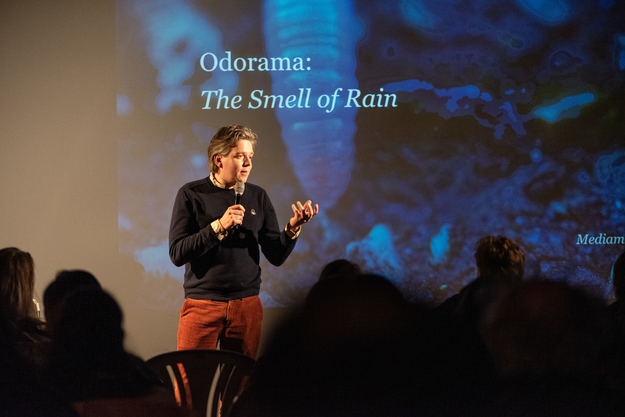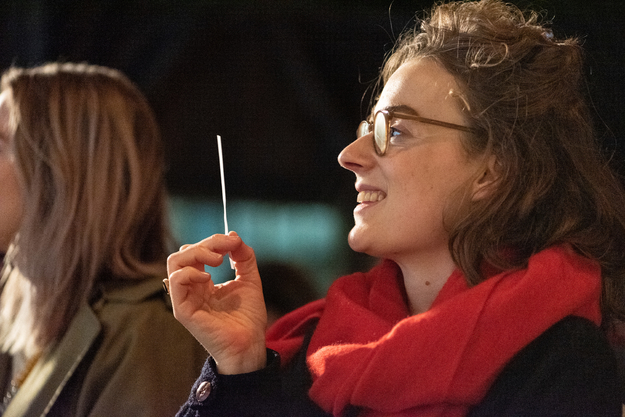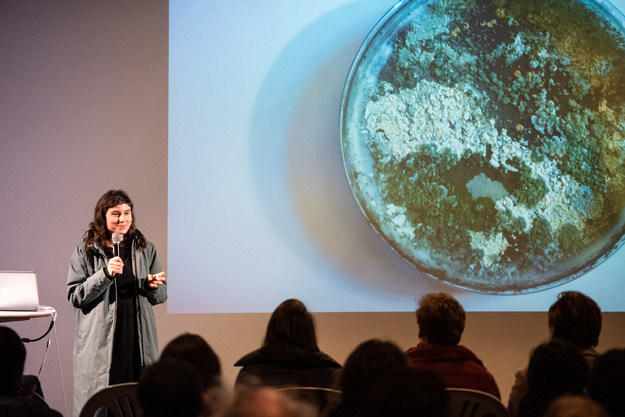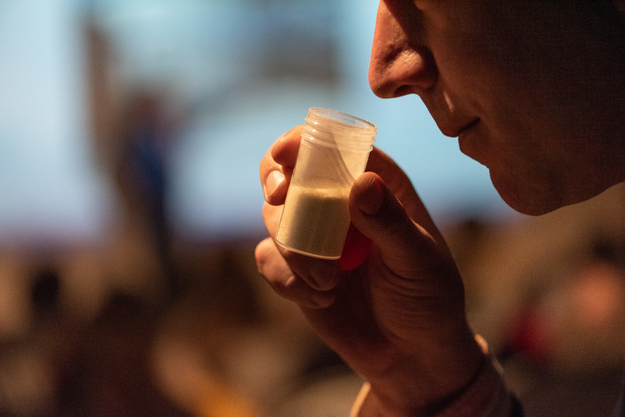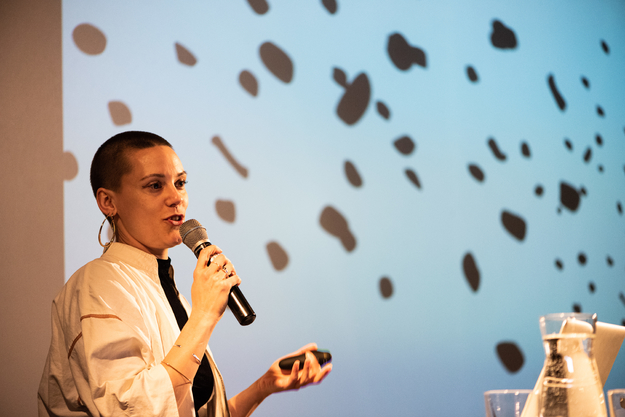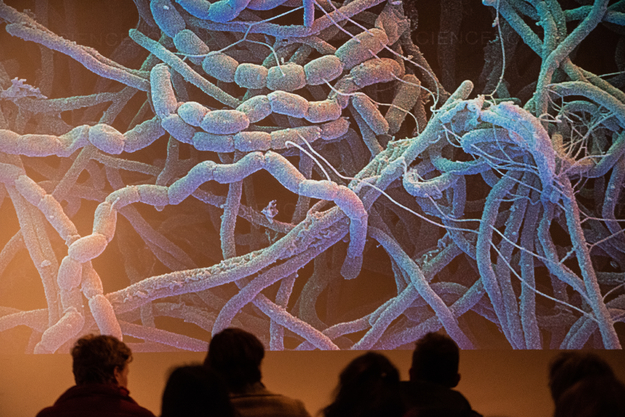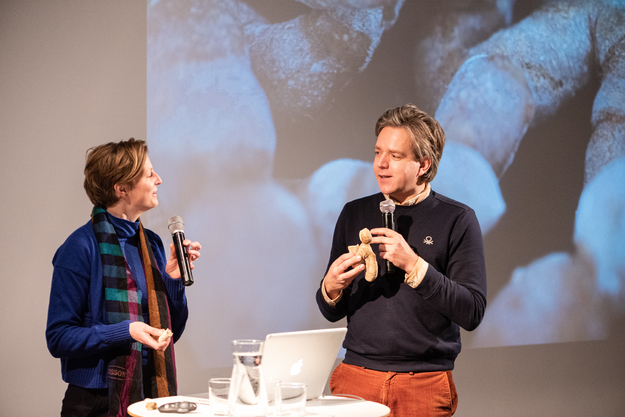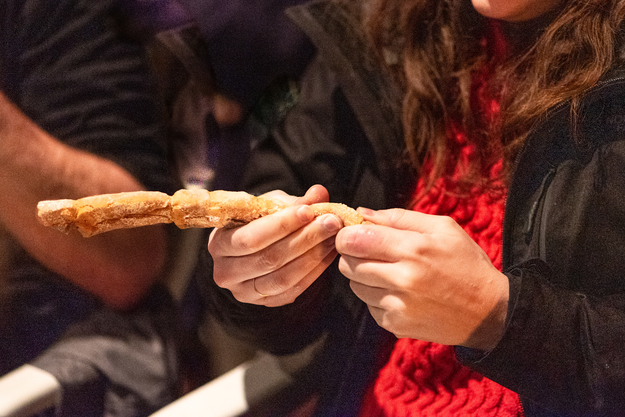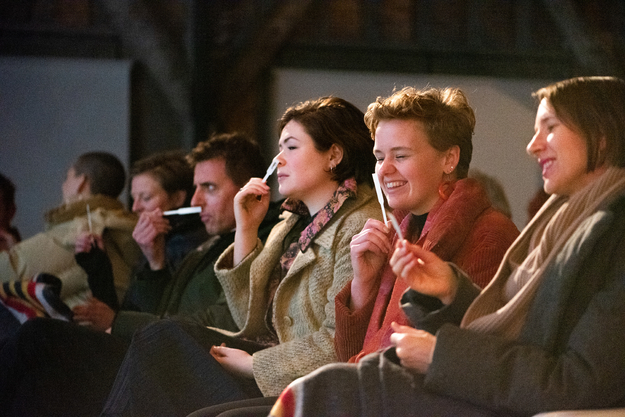Henk Jonkers
Jonkers is a microbiologist. He has done research into the restorative power of microbes.
Rosalie Bak
Bak is an artist experimenting with humusation. Together with Susanne Duijvestein she started De Humusator, a website dedicated to the research of humusation as a green alternative to burial or cremation.
Leanne Wijnsma
Wijnsma is an Amsterdam based designer building experiences for the senses using soil and microbes. She also organises workshops and gives lectures on prototyping future senses. She will present her project Soilbread: a research into the practice of eating earth.
Saša Spačal
Spačal is an artist working at the intersection of living systems research, contemporary and sound art. Her work focuses primarily on the posthuman condition, where human beings exist and act as one of many elements in the ecosystem and not as sovereigns. At Odorama, she will introduce her installation Meta_Bolus.
Information
Odorama 37: The Smell of Rain
Thursday, the 20th of February
Start 20:00
Mediamatic Biotoop, Dijksgracht 6, Amsterdam
Tickets: Full price €7,50 | Artist / Student / Stadspas €5,25 | +€2,50 at the door | (including €1 administration fee)
*We give a discount to students and artists. If this applies to you we will ask to see your kvk nr/portfolio or student card for this option. For questions please send an email to mail@mediamatic.nl.
This event is in English
